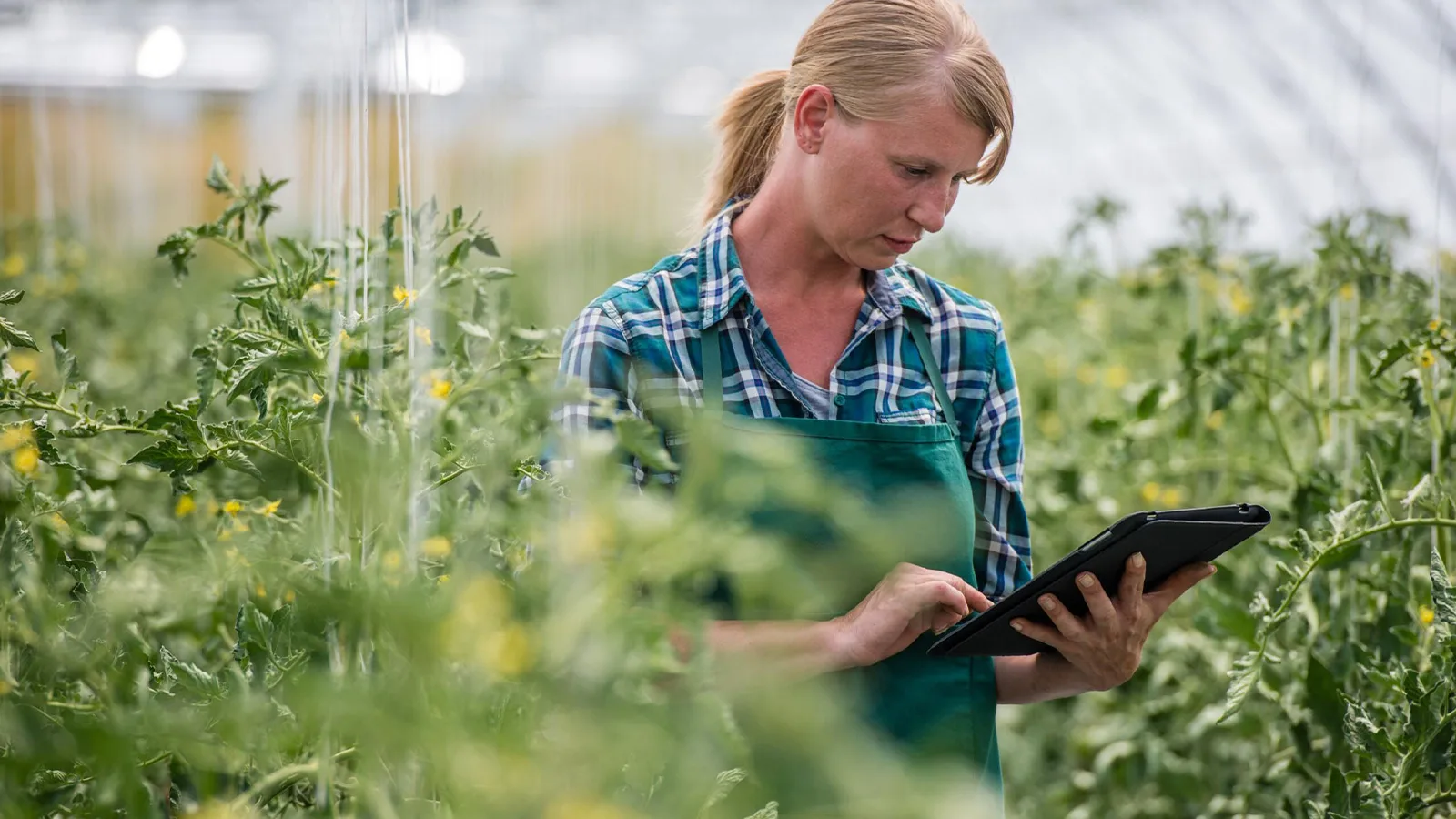This impact story is part of a series featuring companies that are members of One Planet Business for Biodiversity (OP2B)/WBCSD. Through these stories, we aim to showcase our members’ commitment to driving the transition to regenerative agricultural practices, the impact on farmers and the role OP2B plays in supporting this transformation.
HowGood’s mission is to enhance transparency and foster collaboration across the food industry, particularly focusing on biodiversity and sustainable agriculture. Co-founder Alexander Gillett recently shared his vision for the future of food systems and the pivotal role of data in driving meaningful change. Their active involvement in OP2B underlines their commitment to reshaping global food supply chains and supporting the transition to more sustainable practices.
A holistic approach to supply chain transparency
Eighteen years ago, Alexander Gillett, with his brother Arthur, founded HowGood to address the growing need for transparency in food supply chains. “We saw multiple studies attempting to prove the same points but without collaboration,” Alexander explained. “We thought, why not use existing data to create a broader impact?”.

Today, HowGood operates the world’s largest database on food impact : according to a report by HowGood, their database includes over 90,000 farm emission datasets. This extensive platform empowers businesses to assess the environmental and social impacts of their products from farm to shelf, enabling more informed decision-making. “We handle research and data at a scale that individual companies couldn’t manage,” Gillett explained, allowing businesses to focus on implementing the most impactful changes.
Data granularity: a key to smarter decisions
A cornerstone of HowGood’s approach lies in the granularity of its data. Relying on global averages can lead to misguided decisions, as Gillett warned. “Each crop and region yields different results. Oversimplification often perpetuates flawed systems instead of fixing them.”
HowGood’s data allows companies to make more nuanced decisions. For example, the carbon footprint of tomatoes grown in California can differ significantly from those grown in Florida. “We’ve seen situations where sourcing an ingredient from a different region can reduce a company’s carbon footprint by a substantial margin,” Gillett added.
Regenerative agriculture: the future of food systems
For Gillett, the future of agriculture lies in regenerative practices.
Without regenerative agriculture, there is no agriculture. We have yet to find another way to scale food systems for a growing population.
Alexander Gillett
Regenerative agriculture seeks to restore ecosystems and revitalize land. Gillett emphasized the urgent need for this shift. “People often ask if regenerative agriculture is scalable. It’s not just scalable; it’s our only option.”
He also acknowledged the complexities. “We need to define the right practices for each crop and region,” Gillett explained. “Simplification won’t get us where we need to be”.
Financing the transition: ecosystem services and carbon credits
One of the greatest challenges in adopting regenerative practices is securing financial support. Gillett believes this requires a multifaceted approach, including ecosystem services, carbon credits and partnerships with banks and insurance companies. Additionally, consumer packaged goods (CPG) companies can play a significant role by creating markets that reward sustainable practices. Offering premium prices for regenerative products ensures that the financial benefits reach the farmers implementing these crucial changes.
Collaboration with OP2B
Since joining OP2B in 2019, HowGood has contributed to developing innovative metrics: the Ingredient Diversity Index, developed by HowGood in collaboration with OP2B, assesses the ecological impact of food products “Our collaboration with OP2B has allowed us to pilot assessments with leading global retailers,” Gillett noted.
This partnership goes beyond theoretical frameworks, involving real-world applications such as piloting the Science Based Targets Network (SBTN) assessments and participating in biodiversity research projects in regions like Sumatra, focusing on agroecological practices.
Looking ahead, Gillett is optimistic about OP2B’s role in setting industry standards.
In five years, I hope the companies in this coalition will lead the way in implementing both carbon and biodiversity metrics, setting a standard for the rest of the industry.
Alexander Gillett
Despite the scale of the task, Gillett remains confident. “We need to act quickly, but the data and transition plans are already in place. Now, it’s time to move.”
Regenerative agriculture is a critical solution to transform the way we produce food, feed and fiber, benefiting the climate, nature and people. Over the next years, the OP2B coalition will focus on unlocking three strategic key levers for to scale up regenerative agriculture: harmonizing measurement, fostering collaborations to support farmers’ transition, advocating for supportive policies to create enabling environment.

